Oscar Wilde once said, “Imitation is the sincerest form of flattery.” Why shouldn’t that notion apply to travel? Hotels.com is now launching a Scandinavian travel guide named Dupes of Scandinavia in which you can travel within Scandinavia to look-alike destinations like Golden Gate Bridge, Venice or Sahara, to name just a few.
Do you believe that the photo above was taken by the 12th-century Borgund Stave Church in Norway ? A good guess, but in fact it’s a model of the stave church in Washington Island, USA. The idyllic village has long been an oasis for Scandinavian-Americans, especially folks of Icelandic and Danish decent. Here you can visit Jacobsen Museum, K.K. Fiske Restaurant – and of course the island’s traditional stavkirke.
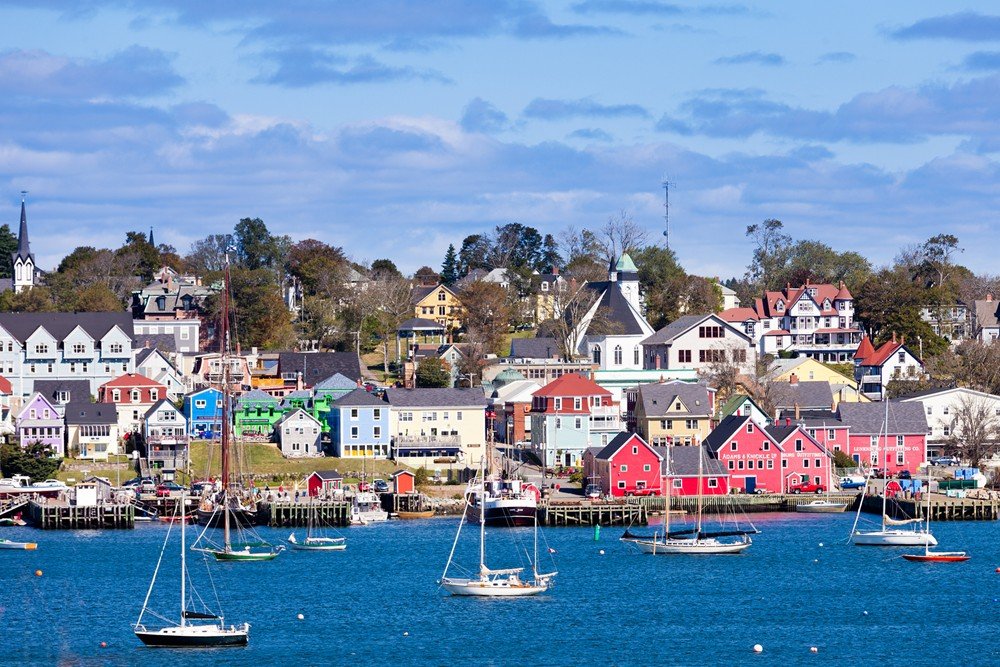
According to Hotels.com, the extreme weather in Southern Europe, rising costs of living and trends on social media have led to new travel trends which are likely to grow stronger in 2024. This means an increased demand for travel to cooler destinations . More travelers are expected to holiday in northern latitudes and in destinations considered less popular.
A growing travel trend is to go to the so-called “destination dupes”. These are places that resemble or act as alternatives to famous destinations, which are often hidden gems with the same atmosphere, but perhaps more affordable in terms of price. In fact, as many as 76% of Danes have either booked a trip for a destination dupe or are considering doing so. Furthermore, just under a third prefer to travel to less popular and hidden gems rather than the safer and tried-and-tested tourist destinations.
If you’ve ever found yourself on vacation thinking that the place you’re in feels remarkably familiar, maybe that’s because it is. Across the world, there are cities, neighborhoods, buildings, and landmarks that bear a striking resemblance to others — often continents apart.
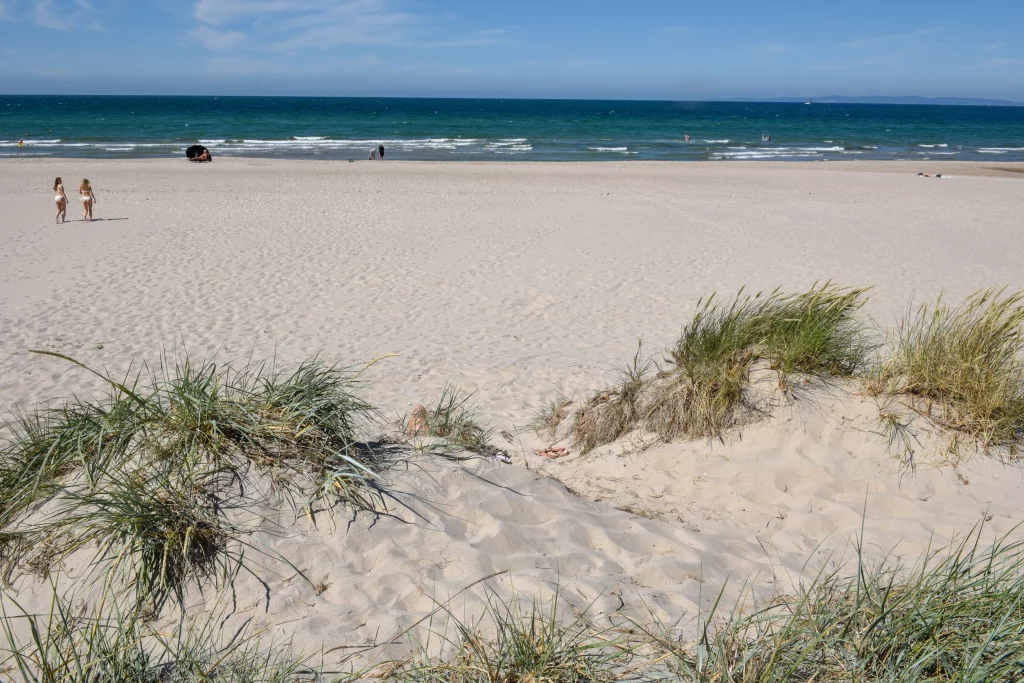
If you’ve been dreaming of faraway lands with powdery white sands and turquoise waters, or cobblestone streets surrounded by European architecture, you don’t necessarily have to purchase an international flight! Let’s give you some examples.
If you’re living in North America and have dreamed of going to Norway, there is in fact a UNESCO World Heritage site located around an hour from Halifax in Canada, called Lunenburg (nicknamed Norway of the North).
With an atmosphere straight out of a Norwegian fairytale, its rows of colourful homes, picturesque charm and artisan galleries will make you feel like you’ve just been transported to Scandinavia.
Canada’s “Norway of the North” also boasts a distinctive, historic waterfront lined with countless fish restaurants, all reminiscent of a Norwegian coastal town.
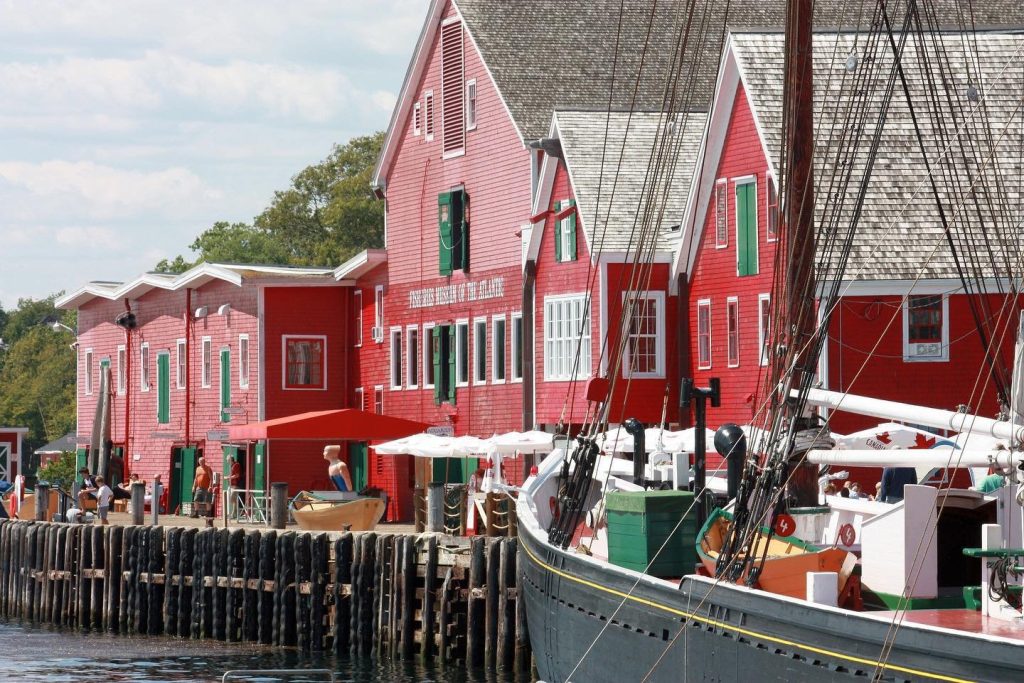
Drive through the Icelandic countryside and you’ll likely come across an impressive number of waterfalls. Though you can see plenty from the country’s famed Ring Road, one of the most remarkable is Háifoss, located on the Fossá River on the edge of the Icelandic Highlands. Its name translates to “the high waterfall,” which is apt when you consider it drops a staggering 400 feet to the valley floor.
Standing in front of Maletsunyane Falls in the southern African mountain nation of Lesotho, you could be forgiven for thinking you’re in the North Atlantic — like its European counterpart, it plunges over basalt softened by lush green vegetation. You’ll find the 600-foot-tall single cataract near the village of Semonkong, whose name means “smoky place” thanks to the near-constant spray from the waterfall. If you have a head for heights, you can even arrange to rappel down the side of the falls.
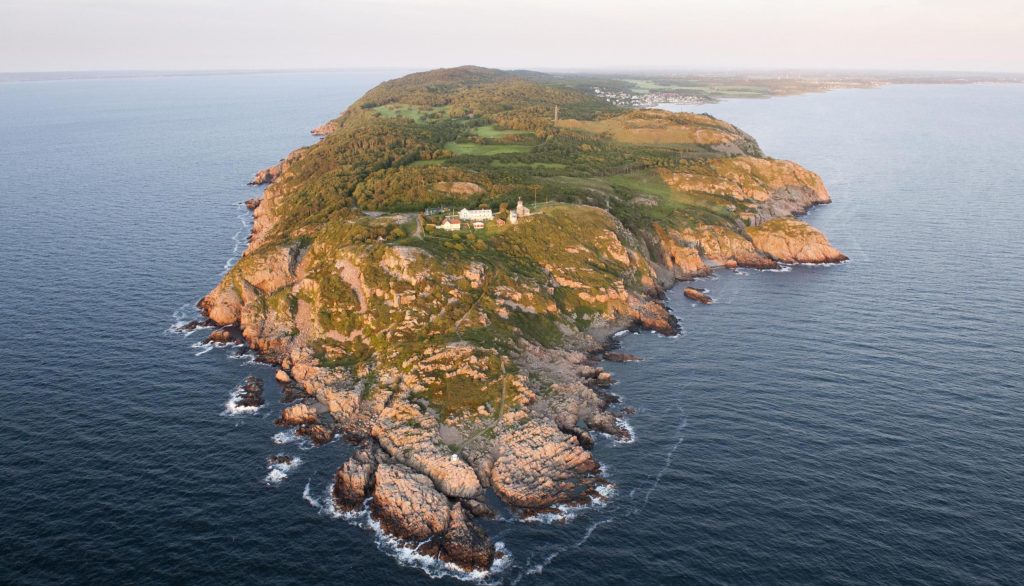
The Fiordland region of New Zealand is home to some of this South Pacific island nation’s most dramatic scenery. Craggy granite mountains rise out of the water, including the famous Mitre Peak (Rahotu in the language of the country’s Indigenous Māori peoples) in the UNESCO-listed Milford Sound (Piopiotahi). Nearby Doubtful Sound boasts bottlenose dolphins, fur seals, and penguins. In both places, waterfalls — some of which stretch hundreds of feet tall — plunge over towering cliffs. Inland, the area’s glacial valleys are just as breathtaking and best appreciated from the air.
But you don’t need to travel to the Southern Hemisphere to find remarkably similar scenery. In Europe, the Norwegian coastline is also known for its fjords — in fact, the word has origins in Old Norse. Highlights of the region include Nærøyfjord, an extraordinarily beautiful arm of the Sognefjord, and Geirangerfjord, known for its three waterfalls: the Seven Sisters, the Suitor, and the Bridal Veil. Even as you move away from the coast, you don’t lose the wow factor — take, for instance, Trolltunga, a spectacular rocky precipice jutting out over Lake Ringedalsvatnet.
The guide Dupes of Scandinavia from Hotels.com presents Scandinavian destinations which are destination dupes for well-known destinations all over the world. The aim of the guide is to inspire travelers to try new destinations, which in some cases can be cheaper, less crowded and maybe even just around the corner.
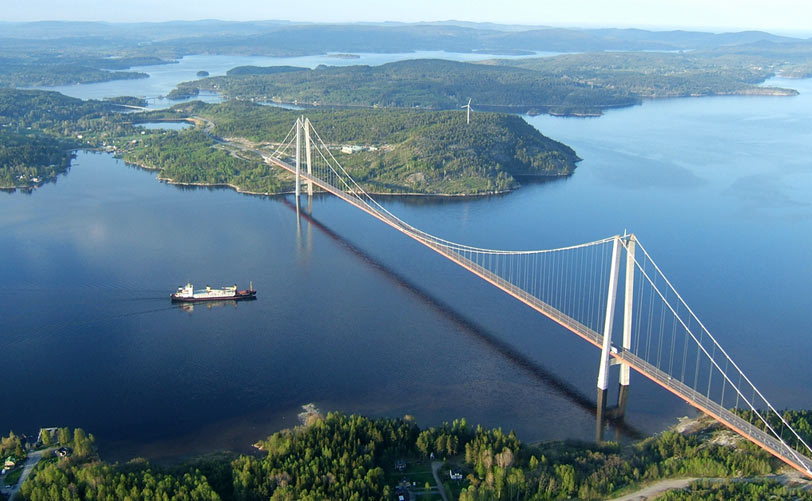
Hotel.s com clams that the guide presents ”Norway’s answer to Venice, the Danish version of the Sahara in Jutland and a destination dupe for Mallorca in Scania. The main reasons why Danes want to book a destination dupe are that it is cheaper (47%), closely followed by the fact that there are fewer people (46%), and that it provides a more exciting experience and a closer interaction with the culture of the local area (40%). And there are plenty of places in Scandinavia that offer all three things, says Senior PR Director at Hotels.com and continues:
”Scandinavia actually has much of what can be found in the rest of Europe and the world, and many places are surprisingly similar to each other. With the guide, we hope to inspire more people to find the perfect place for them in new destinations and in new cultures, regardless of whether it concerns a trip abroad or exploring what is right outside the door,” hotels.com states in a press release.
Other suggestions from the guide are:
Drottningholm Palace (dupe for Versailles)
Högakustenbron (dupe for Golden Gate Bridge)
Visby (dupe for Dubrovnik)
Nyhavn (dupe for Amsterdam)
Kronborg (dupe for San Felipe del Morro Castle)
Geiranger Fjord (dupe for Milford Sound)
Nidaros Cathedral (dupe for Westminster Abbey)
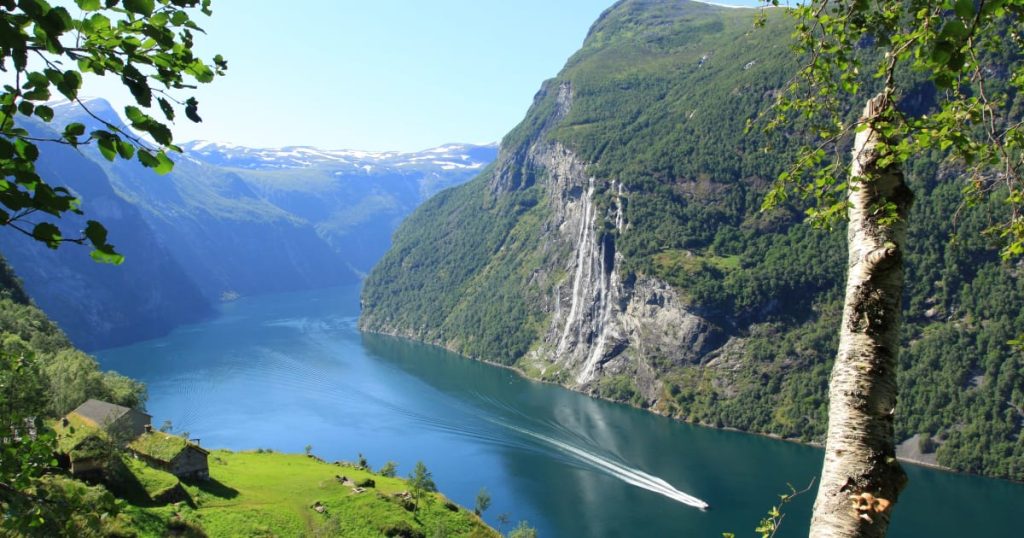
Without naming them dupes or look-alikes, Daily Scandinavian has also compared different destinations. In our article Denmark – A paradise for Surfers, we pinpointed that Klintmøller’s nickname is “Cold Hawaii”.
Nord-Sjælland (North Zealand), north of Copenhagen, has been named the Danish Riviera. There are many reasons for this. Stunning landscapes, castles and museums combined with endless sandy beaches make North Zealand an all year-round favorite. When you add the world-renowned culinary scene and countless cultural lures, the name ‘the Danish Riviera’ is well and truly earnt.
However, “dupe destinations” aren’t destinations that will offer the same cultural experiences as the “non-dupe” spots. But these destinations do have enough in common that if you are seeking a type of vacation that offers specific features, you’d find yourself pretty satisfying. For instance, Expedia.com points out that Palermo and Lisbon both offer “Moorish castles, jaw-dropping views of the harbors, fresh oysters, and cotton-candy sunsets,” and that Taipei and Seoul are both tech destinations.
Look-Alike Destinations in Scandinavia, edited by Tor Kjolberg



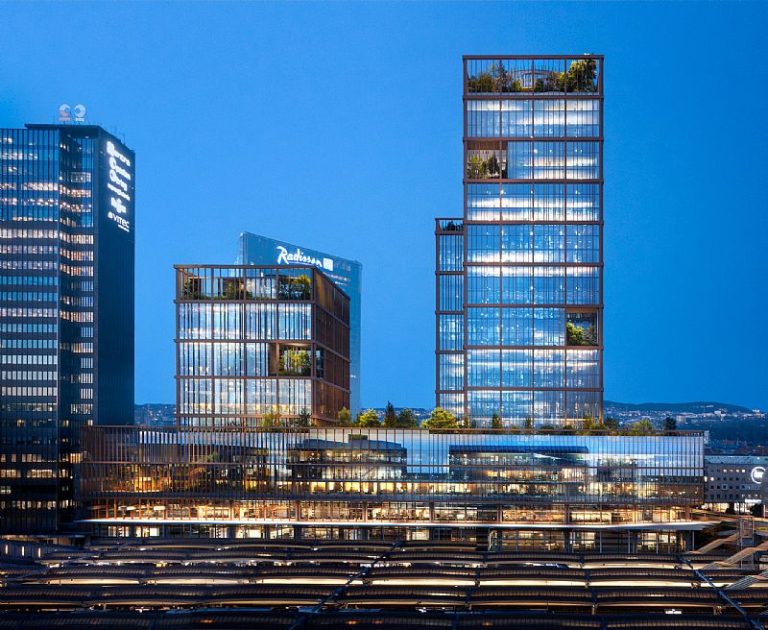




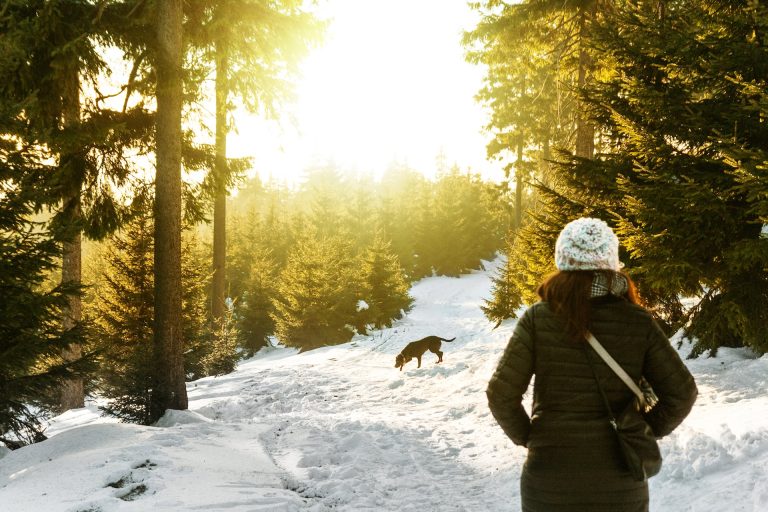









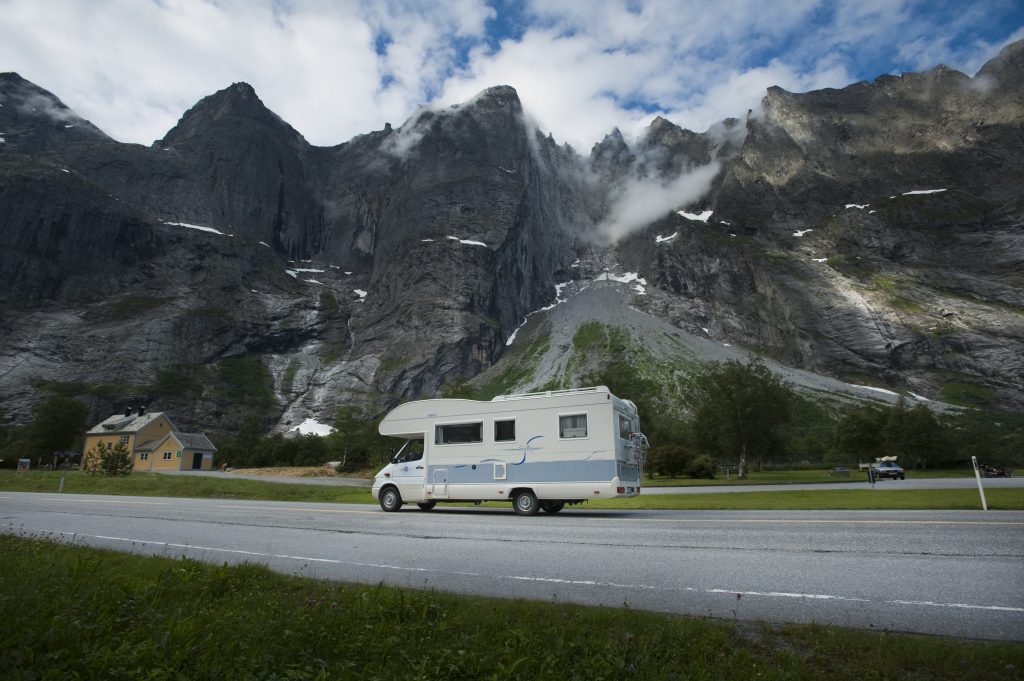
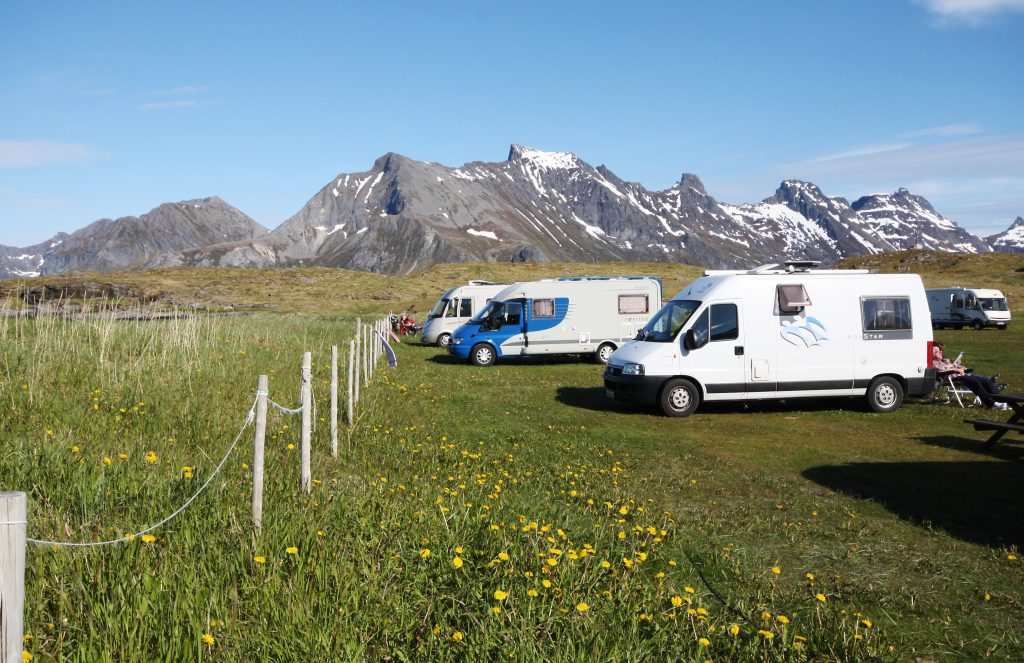
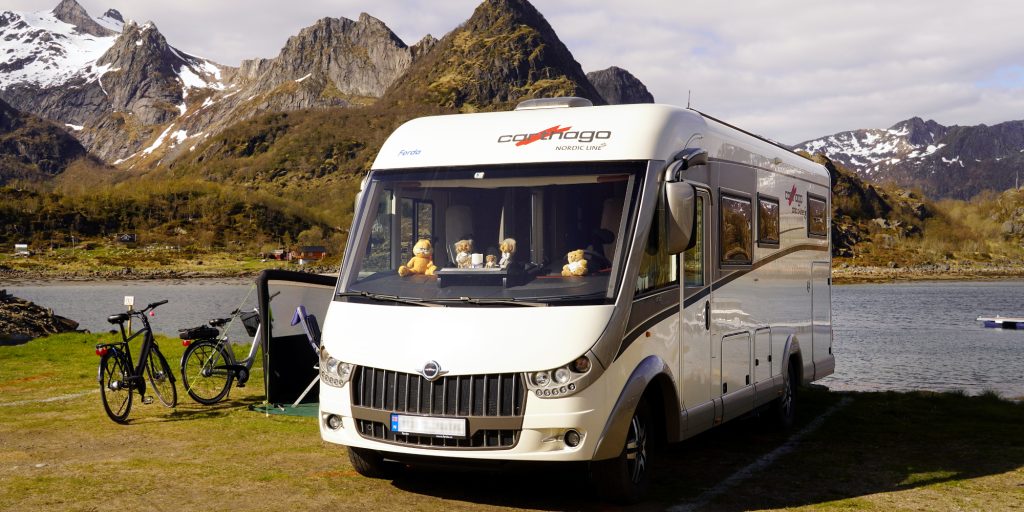






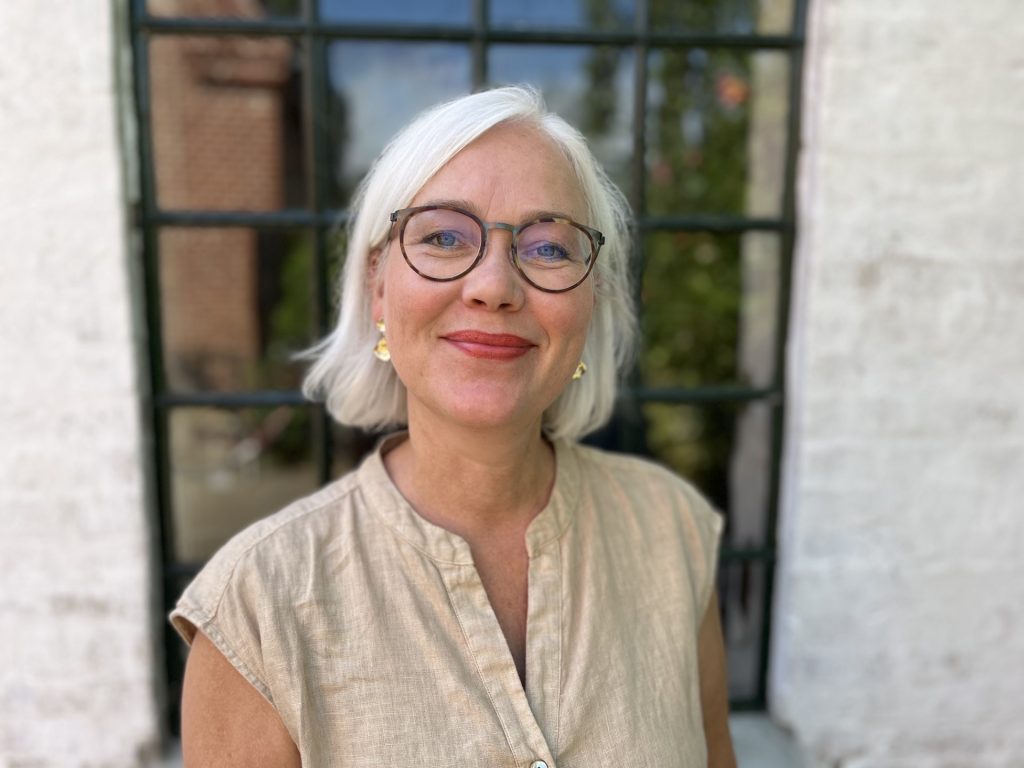



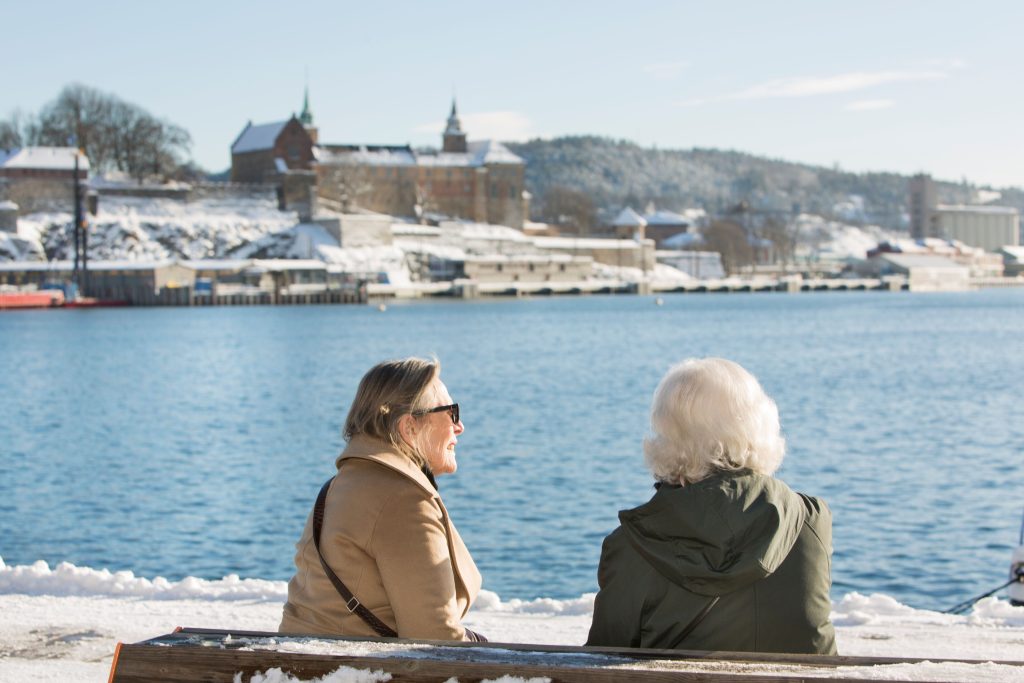








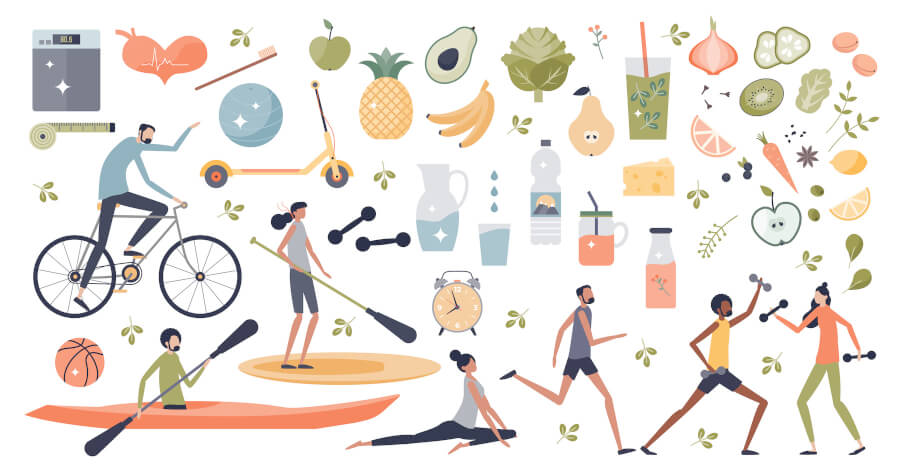
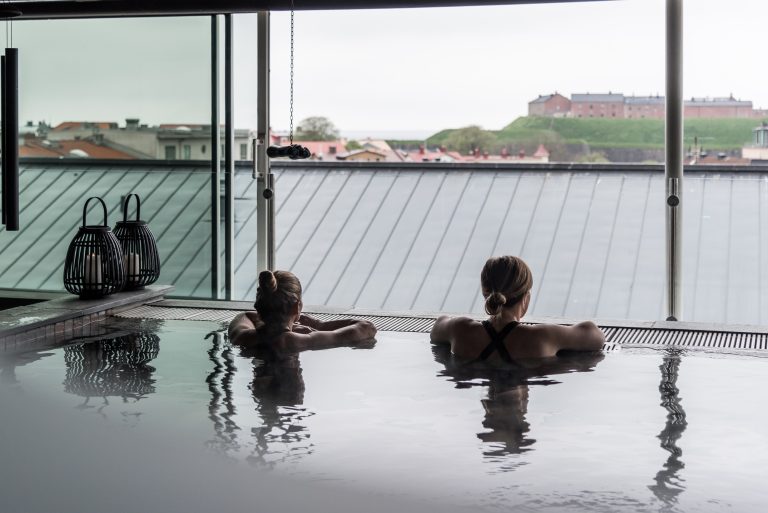




 Info on “blue zones”
Info on “blue zones”